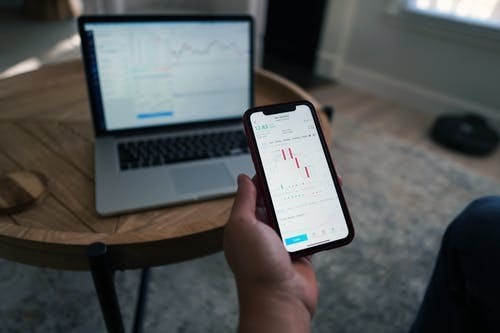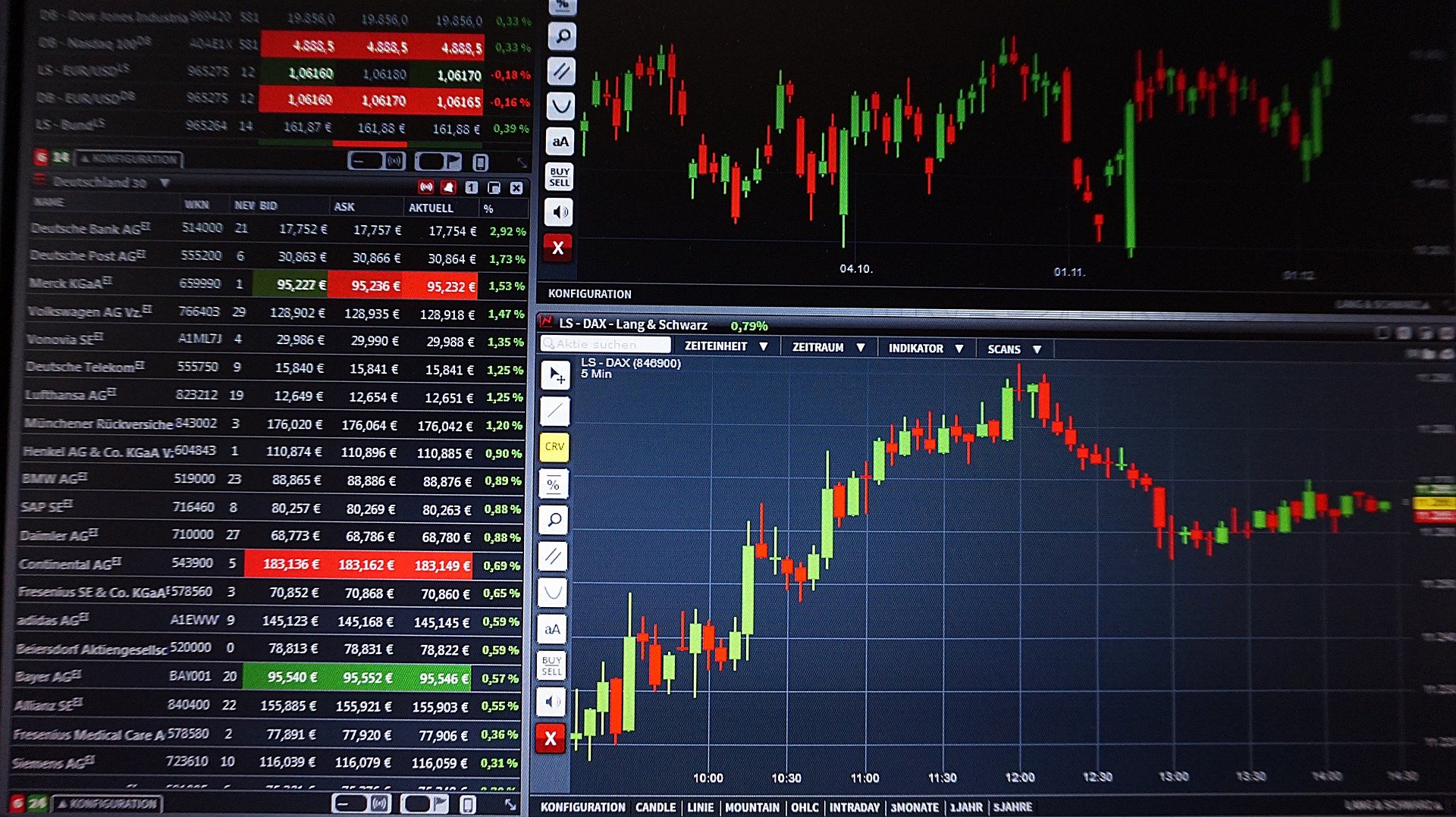The pandemic has boosted interest in remote work, and Forex is now more popular than ever. More and more Indians are reluctant to rely on permanent employment. Traders monetize knowledge, and they do not have to sit at a desk all day to make a living. Here is your guide to Forex in India in 2021.

Table of Contents
What Is Forex?
The global currency exchange is the most gigantic financial market. It rarely sleeps and has a turnover of 5+ trillion US dollars daily. That is how much currency is exchanged between institutions and individuals. The participants include multinationals, major banks, hedge funds, and retail traders.
Currency exchange is an organic part of import and export, banking, and tourism. When you travel abroad, you pay in the local currency, even when using a credit card. Conversion is happening 24/7. As any currency rises and falls, you can profit from a well-timed move.
Since the 1970s, most currencies in the world have been floating freely. This means they are no longer connected to the gold standard. Their ups and downs are driven by an array of political and economic drivers. For example, when the Central Bank raises its interest rate, the local currency strengthens because more foreign capital is attracted. When oil prices plunge, the monetary systems of exporting nations weaken.
How Does One Trade Forex?
As a retail trader, you will connect to the market via digital tools — platforms for desktop and mobile use. MetaTrader 5 and its likes are all-in-one systems. They help users at every stage, from preliminary market analysis to execution.
You can use a forex trading platform with an account from Forextime India. Brokers are the middlemen between individuals and the market. They provide access, education, support, and financial processing. As Forex is popular, fraud is not uncommon. Look for regulated providers like Forextime. Such companies are licensed by the FSCA in South Africa, the FCA in the United Kingdom, the CySEC in Cyprus, and other credible organizations.
A trader analyses charts and the latest news to understand where their instrument is headed. Technical traders look for patterns in the way prices move. Typical trajectories help them predict whether a trend will persist or reverse. Fundamental analysts zoom in on factors like GDP, interest rates, oil prices, international economic agreements, etc.
Does this seem daunting? Do not be discouraged. The internet is a treasure trove of educational content. There are articles, books, podcasts, video tutorials, and entire YouTube channels devoted to the subject. Besides, your broker will provide you with basic instructions and an overview of the most popular strategies at the very least.
First Steps
Beginners do not have to fund their accounts from the get-go. With a demo, one may use the trading software as a simulator to practice and develop the necessary skills. Trustworthy brokers provide unlimited demo accounts, so there is no rush.
As Forex is risky like any investment, training is paramount. On average, newbies spend two-three months in the simulator before putting their own capital at stake. Pick a strategy that fits your current lifestyle. If you cannot devote several hours to trading daily, scalping and other hurried strategies are not for you. Begin with the most understandable method, and evolve. Forex is all about gradual improvement and expansion, not spontaneous leaps.
Trading in the Real Market
When you can manage positions with confidence, it is time to go live. Account switch is fairly easy. You are asked for a few documents to verify your identity, as the broker must comply with industry regulations. Then, fund your account using one of the accepted methods, and you are all set.
The global market is beyond any trader’s control. Risk is always real, although its scale varies. Traders limit exposure through careful strategies and automatic triggers — Stop Loss and Take Profit. You set the desired price, and the system executes the trade once it is reached. Traders should also risk no more than 1% of capital at once. Generally, you are more likely to profit from a string of modest wins than spectacular gains.

Key Takeaways
- Forex is the largest financial market in the world with a daily turnover of 5 + trillion US dollars.
- Retail traders access Forex using cutting-edge software for desktop computers and mobile devices.
- Access is provided by brokers, but it is vital to choose a licensed company with a positive reputation.
- Beginners may use free educational resources from the broker and other web-based sources.
- Profit depends on what currencies you trade and how big are the volumes. As risk is always present, traders should calibrate their positions carefully and use automatic triggers (Stop Loss).

